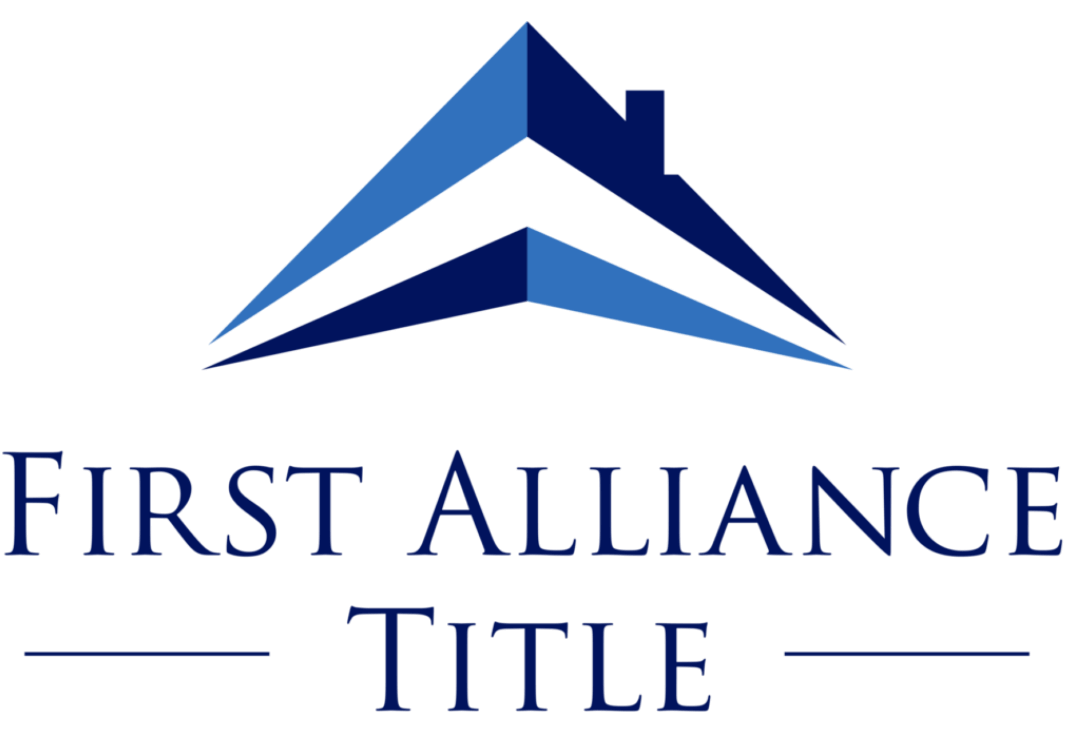There’s a lot of hand-wringing by investors that cap rates are not as good as they were. That’s true. If you’re a landlord looking back to glory days of 2006, you’ll remember readily obtaining properties with CAP rates in the 7s. Currently you’re more likely to see something with a CAP rate around 6%. Is that 7% CAP rate really better?
Borrowing Costs Are Lower
One thing investors don’t often consider is the fact that borrowing costs have dropped faster than CAP rates. As a result, it’s more profitable to be a landlord now with a 6.1% CAP rate than a 7.4% CAP rate purchased in 2006. The spread between CAP rate and borrowing cost makes a huge difference. Investors should not look at the CAP rate in a vacuum. The only time this is not true if you have an all-cash buyer, which is pretty rare for long term buy and hold.
CAP Rates Today
This chart shows how a CAP rate today that’s more than a full percentage point below the 2006 CAP rate will provide significantly higher cash-on-cash and five year after-tax returns.
Both cases have the same assumptions for annual appreciation (5% per year), vacancy (5%), property management (8%) and maintenance reserves (8%). Based on actual investor purchases on the MLS.
